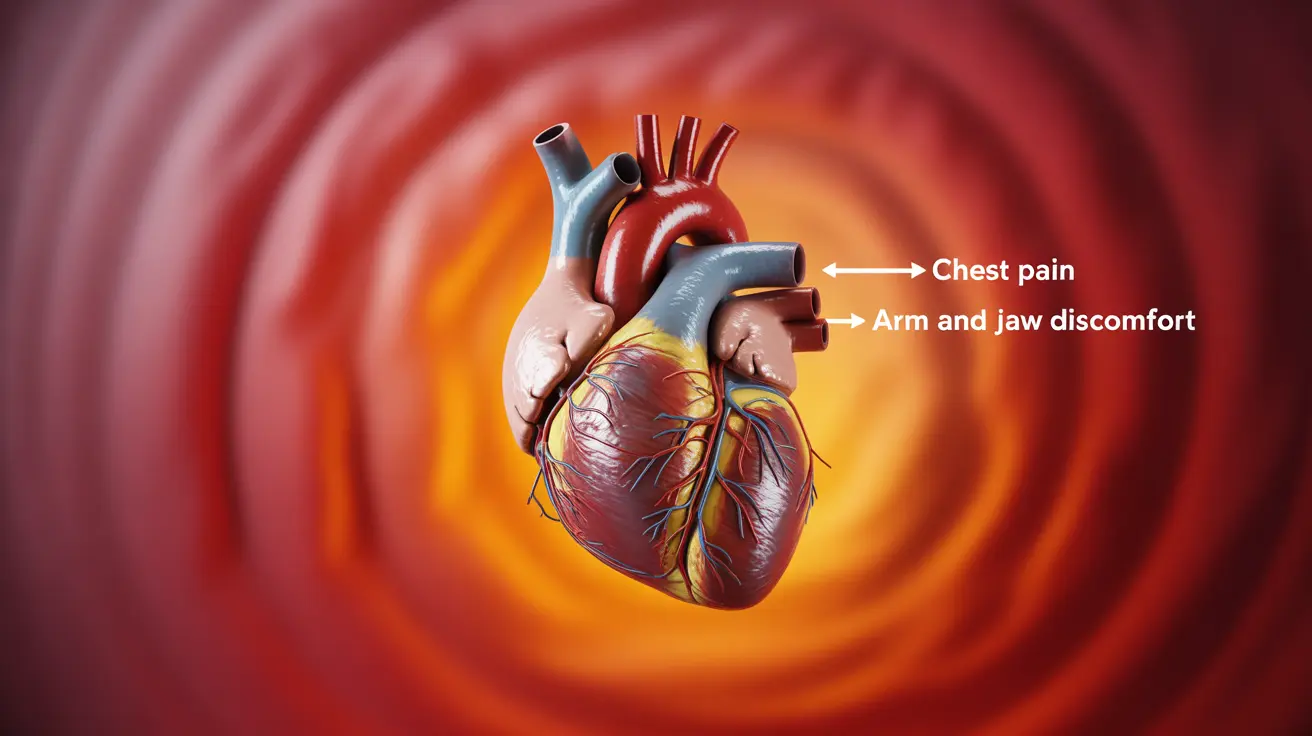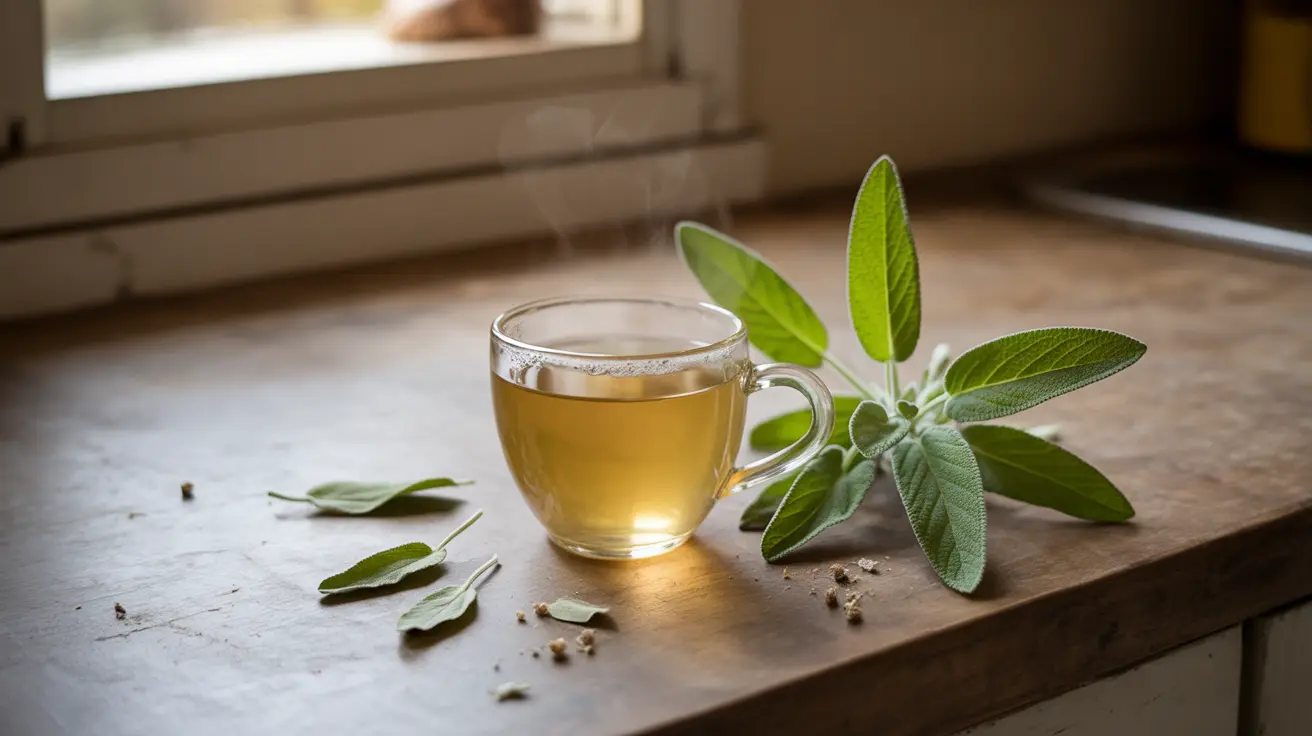When dealing with shingles, making informed dietary choices can significantly impact your recovery and symptom management. Understanding which foods to avoid during a shingles outbreak is crucial for supporting your immune system and minimizing discomfort. This comprehensive guide will help you navigate dietary decisions during this challenging time.
Understanding the Connection Between Diet and Shingles
Your food choices can either help or hinder your body's ability to fight the varicella-zoster virus that causes shingles. Certain foods may trigger inflammation or weaken immune response, while others can support healing and reduce symptom severity.
Foods High in Arginine
During a shingles outbreak, it's important to be mindful of foods rich in arginine, an amino acid that may support viral replication. While arginine is generally beneficial for health, temporarily limiting its intake during shingles can be helpful.
Common Arginine-Rich Foods to Limit
- Nuts and seeds
- Chocolate
- Turkey and chicken
- Soybeans and soy products
- Seafood
Inflammatory Foods to Avoid
Inflammation can worsen shingles symptoms and potentially extend recovery time. Limiting inflammatory foods is essential for managing discomfort and supporting healing.
Sugar and High Glycemic Foods
High blood sugar levels can compromise immune function and increase inflammation. Consider avoiding or limiting:
- Processed sweets and desserts
- White bread and refined grains
- Sugary beverages
- Processed snack foods
Acidic and Spicy Foods
These foods may aggravate nerve pain and skin sensitivity associated with shingles:
- Citrus fruits
- Tomatoes and tomato-based products
- Hot peppers
- Vinegar-based foods
Alcohol Consumption
Alcohol can have multiple negative effects during a shingles outbreak. It may:
- Suppress immune function
- Interfere with medication effectiveness
- Increase inflammation
- Disrupt sleep patterns
- Contribute to dehydration
Frequently Asked Questions
What foods should I avoid to reduce inflammation and support my immune system during a shingles outbreak? Avoid processed foods, refined sugars, and artificial additives. These can increase inflammation and compromise immune function. Focus on eliminating sugary snacks, processed meats, and refined carbohydrates from your diet during recovery.
Why is it important to limit arginine-rich foods like nuts, chocolate, and seeds when I have shingles? Arginine can potentially support viral replication, which may prolong the infection. The virus that causes shingles may use arginine to multiply, so temporarily reducing intake of arginine-rich foods might help manage the outbreak more effectively.
How does sugar and high glycemic index foods affect shingles symptoms and recovery? High sugar intake can suppress immune function and increase inflammation in the body. This can potentially worsen shingles symptoms and extend recovery time. Additionally, elevated blood sugar levels may interfere with your body's natural healing processes.
Can eating spicy or acidic foods make shingles nerve pain worse? Yes, spicy and acidic foods can potentially aggravate nerve pain associated with shingles. These foods may increase skin sensitivity and intensify the burning or tingling sensations characteristic of shingles outbreaks.
Should I avoid alcohol while recovering from shingles, and how does it impact my immune function? Yes, it's advisable to avoid alcohol during shingles recovery. Alcohol can suppress immune function, potentially interact with antiviral medications, and increase inflammation in the body. It may also contribute to dehydration, which can slow the healing process.
Remember to consult with your healthcare provider about specific dietary recommendations for your situation, as individual needs may vary based on overall health status and medication regimens.




